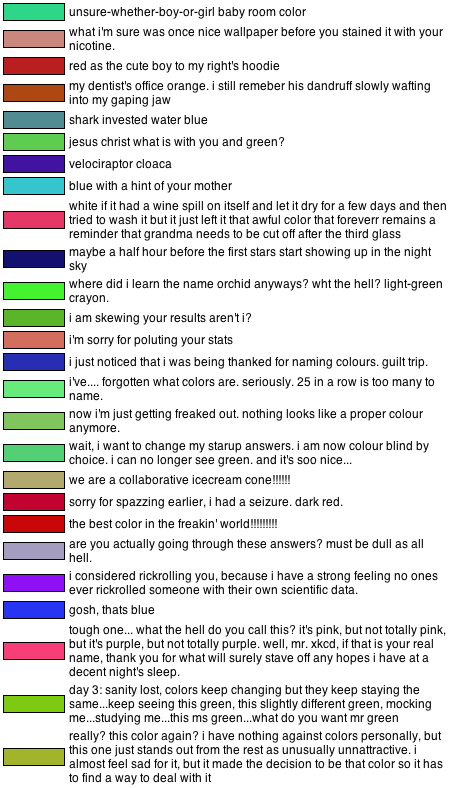I can’t help but endorse this Globe & Mail editorial calling for the government to give the Navy back its proper name:
Today marks the 100th anniversary of Canada’s navy, which fought with distinction in two World Wars and the Korean War, and is now, alas, known as the Canadian Forces Maritime Command, a bulky and obscure label that communicates little of what it is and what it has done.
What better way to mark the centennial than to restore its rightful name, the Royal Canadian Navy, which it carried from 1911 to 1968, when defence minister Paul Hellyer unified the navy, army and air force under one command. (At one time, each service reported to its own cabinet minister.) The unification does not need to be undone. The navy does not need to go back to having its own command structure. Just the name will do.
[. . .]
Defence Minister Peter MacKay has honoured the service and sacrifice of the navy by announcing on the weekend that the executive curl, a distinctive loop on the upper stripe of naval officers’ uniforms that disappeared after unification, will make a comeback. He should take the next step and bring the name back.
And while we’re at it, I’m sure the Royal Canadian Air Force would like to go back to its correct name, too.




